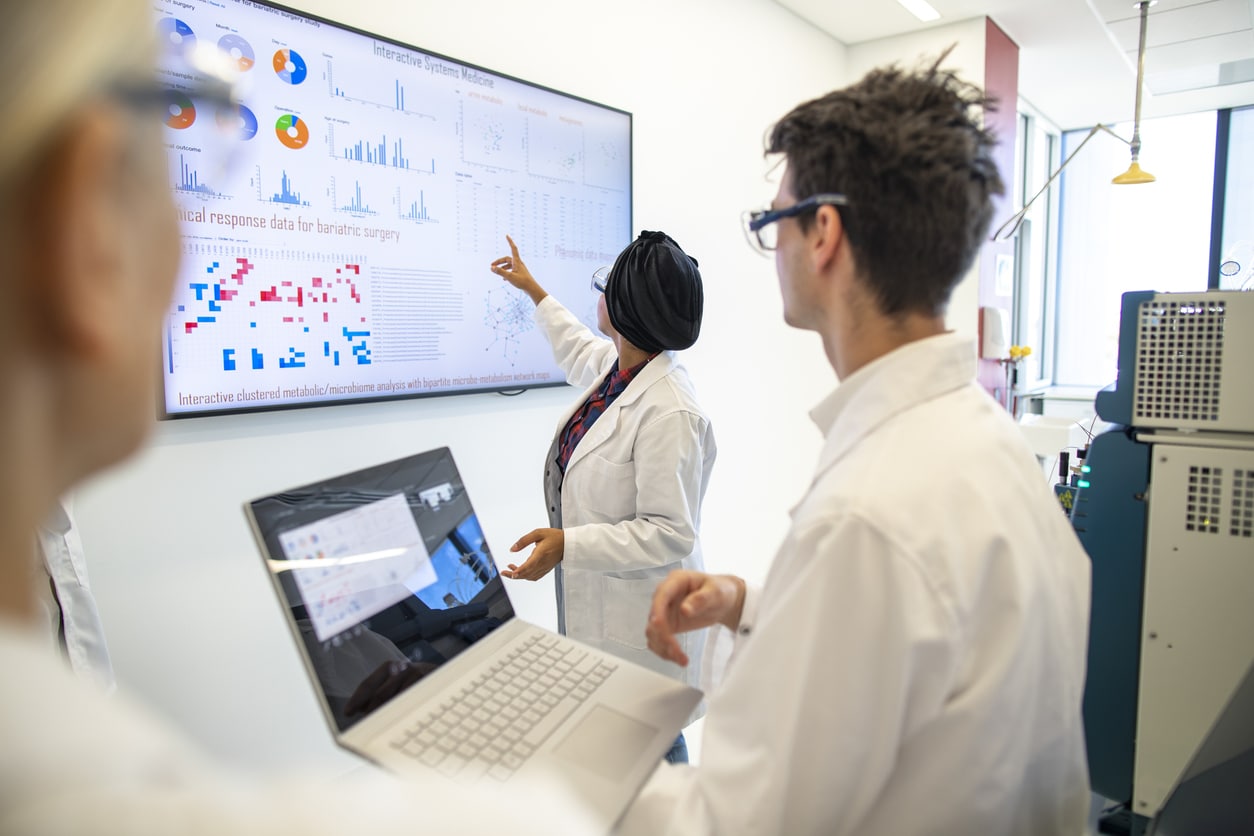Using Predictive Analytics to Improve Retention in Pre-Med Special Master’s Programs
As competition for medical school admissions intensifies, aspiring doctors who want to strengthen their academic profiles increasingly seek out special master’s degree programs (SMPs). However, with their demanding curriculum, the risk of student attrition from SMPs is real.
For university administrators, the stakes are just as high. Student dropouts represent not only a loss of tuition revenue but also a setback in institutional performance metrics and student satisfaction. Fortunately, there’s a powerful solution: predictive analytics-powered education.
When we began designing our Master of Science in Medical Sciences (MSMS) curriculum, we knew that building a robust predictive analytics model wouldn’t just provide medical school applicants with detailed information about their performance to show medical schools – it could also help program faculty better support students right from the start of the program.
Predictive Analytics – A Quick Refresher
Predictive analytics refers to machine-learning based computer programs that use historical data and statistical models to forecast future student behaviors. Our MSMS curriculum generates a USMLE Step 1 pass/fail prediction, but it can also flag up signs of disengagement or risk of withdrawal as soon as student performance begins to decline.
Identifying At-Risk Students Early
By analyzing key data points—such as attendance records, LMS (Learning Management System) activity, assignment submission patterns, course grades, and even engagement in student services, predictive models can identify students whose behavior patterns resemble those who have previously withdrawn or struggled.
For example, a student who begins skipping in-person class sessions, submits assignments late, and shows a sudden drop in quiz performance might be flagged by the system as “at-risk.” With this insight, faculty advisors or student support teams can proactively intervene, offering tutoring, mental health support, or time management coaching.
Customized Support Interventions
Once at-risk students are identified, interventions can be tailored based on specific needs. Predictive analytics doesn’t just flag a problem—it often indicates the why behind it. Whether the issue is academic performance, financial stress, or burnout, SMPs can implement timely, personalized support.
A 2023 study by Britain’s Open University, for example, found that students who received motivational interventions from student support teams after being flagged up by predictive learning analytics were significantly more likely to complete their program than students who did not receive the interventions.
Our University Partners can access real-time performance reports on students that offer granular detail, identifying which topic areas they struggle with most. This allows for targeted academic advising and helps re-focus career advising (e.g., whether the student should pursue a DO or MD program after graduating).
Institutional Benefits
For administrators, the return on partnering with a predictive analytics-powered MSMS like ours goes beyond improved retention:
- Better resource allocation: Direct limited support resources toward students who need them most.
- Enhanced program reputation: Higher completion and med school matriculation rates make the program more attractive to future applicants.
- Data-driven decision making: Aggregate data can guide curricular changes, advising strategies, and policy updates.
Predictive analytics can also provide crucial support to first-generation students and students from underserved backgrounds. Georgia State University, for example, has reported stronger performance and improved graduation rates among all demographics, but especially for students from diverse backgrounds. Six-year graduation rates for all undergraduates, for example, rose by 7 percent between 2011 and 2018, and graduation rates for African-American men rose 37 percent in the same period.
See What’s Possible for Your Institution
As SMPs continue to serve as a critical pipeline into medicine, supporting student success is more important than ever. Predictive analytics offers a proactive, data-informed approach to identifying and addressing student risk. For administrators, it’s a strategic tool to ensure the institution achieves performance goals – because more students have been able to achieve their goals.
Start exploring the Tiber Health MSMS curriculum today to see what your university could achieve.








